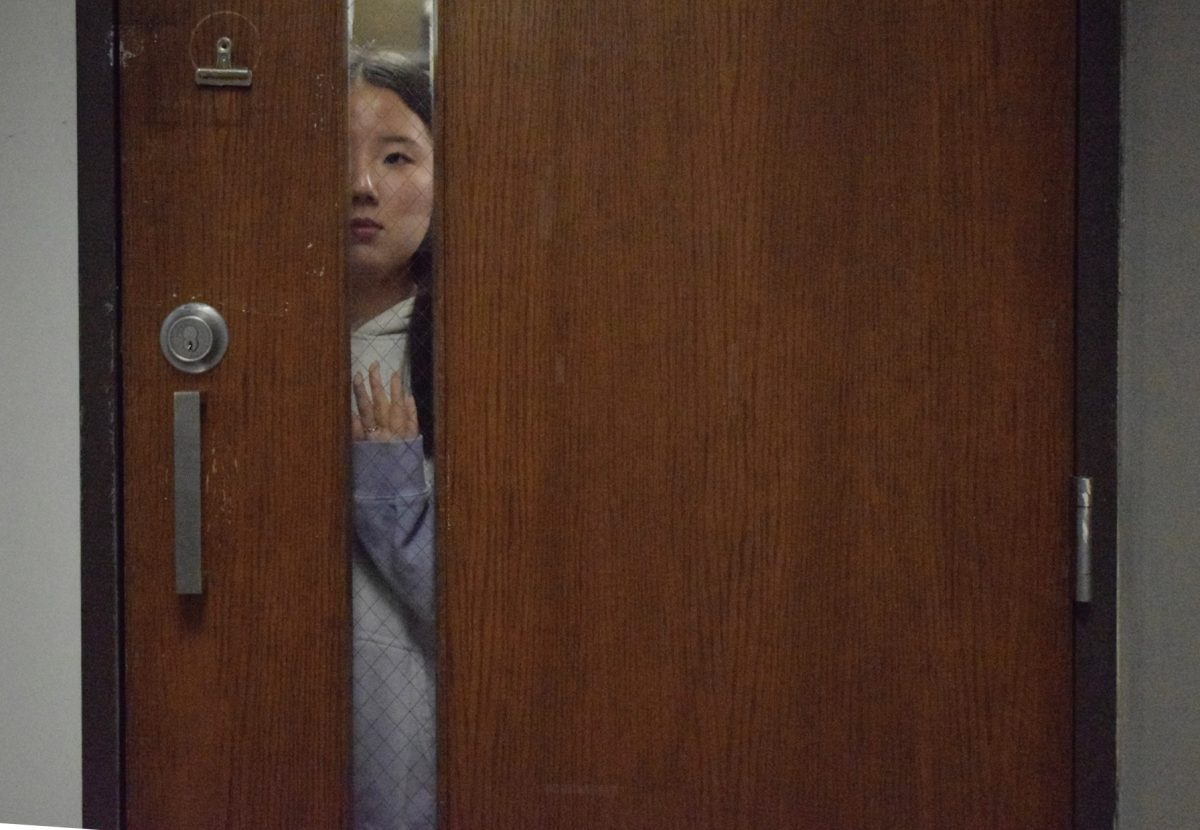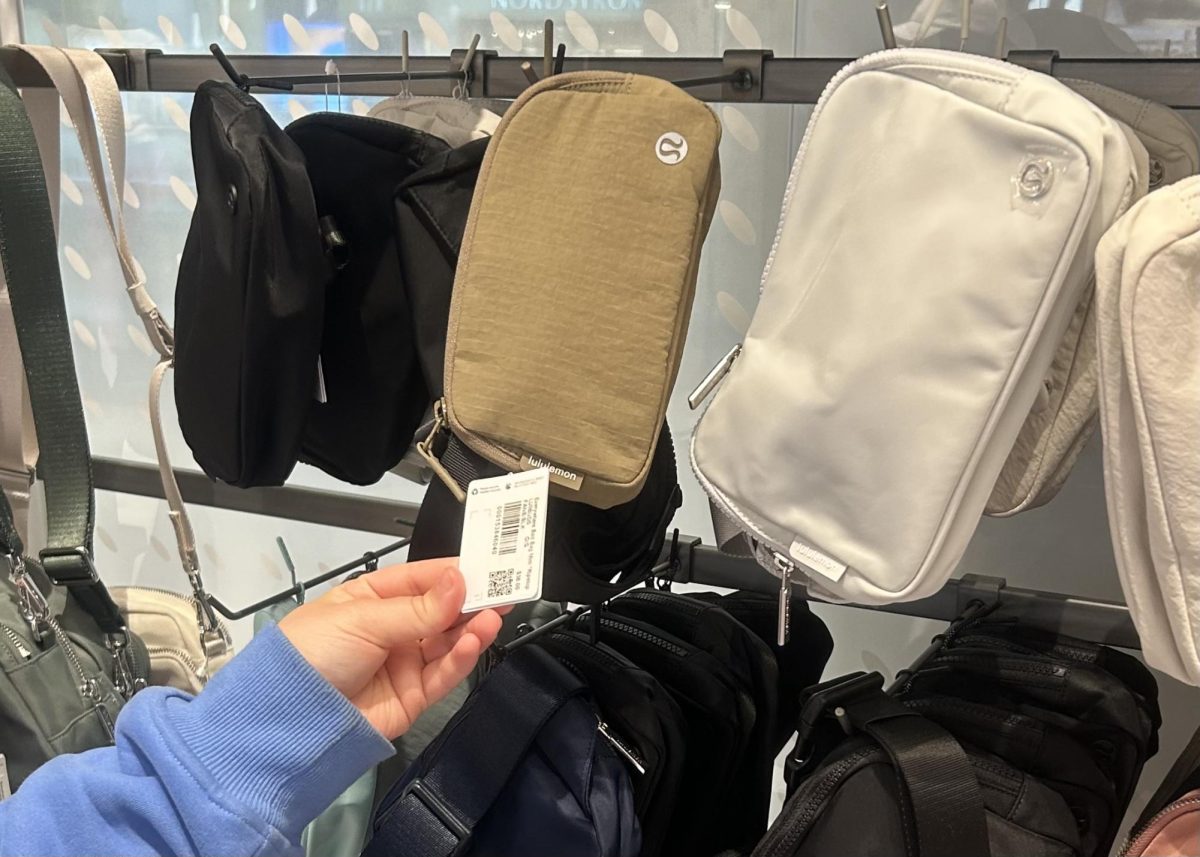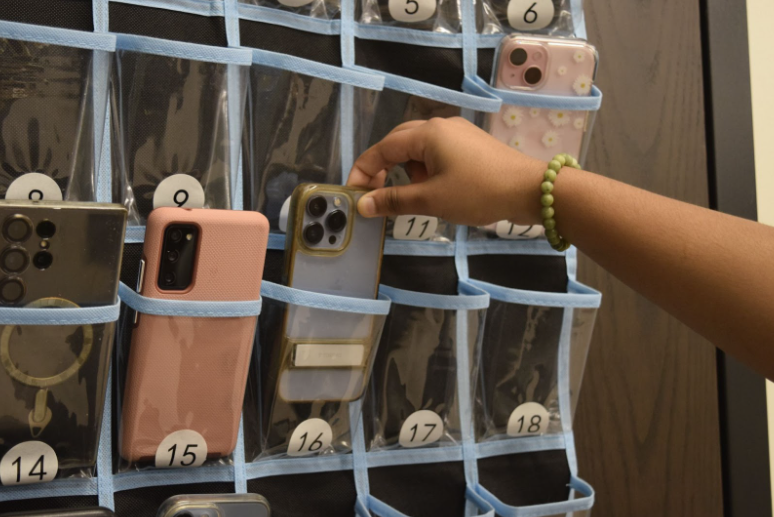Blackface. “Spirit animals.” Kimonos. In today’s day and age, cultural appropriation — the adoption of one aspect of a culture from another, often disrespecting the original culture — is something we’ve nearly all heard of. The term cultural appropriation was first used in academic spaces in the 1980s to describe the relationship between majorities and minorities and to form a better understanding of issues such as colonialism and racism. However, its rapidly increased use since 2015 resulted in the term being more commonly applied to pop culture and mass media through trends, television shows and social media. With the rise of these new trends — and easier access to the internet — Asian cultures have become a large target of this appropriation. Whether it’s copying Indian yoga, mass-producing Persian rugs or imitating East Asian eyes, it’s time to call out cultural appropriation.
One of the most overlooked forms of cultural appropriation is yoga. Due to the rising prevalence of fitness culture, yoga has taken the Western world by storm. The number of people “practicing” yoga climbed by over 50% in the past 10 years; however, this also brought about a wave of cultural appropriation.
“I have nothing against people exploring cultures for fun. It’s totally fine if people aren’t doing yoga religiously, but they should still understand where it comes from and what it means,” sophomore Anu Pidikiti said.
Considered a spiritual discipline and a form of prayer in Hinduism, yoga originated in India during the pre-Vedic civilization. Yoga’s root word, “Yuj,” comes from the Sanskrit word “unite.” It was traditionally practiced in northern India to control the body, senses and mind. However, in the West, yoga has changed to a fitness fad rather than a self-disciplinary practice. With the 1970s fitness boom, yoga was popularized in the United States as a practice that cured all sickness.
As the discipline became more popular in American culture, it became increasingly sexualized. In India, yoga was meant to ground oneself and was part of the concept of brahmacharya, which included staying celibate, unlike in the U.S., where it has often been reduced to an advertising tool to improve sexuality. The clothing used to perform the discipline has also changed from loose-fitting dhotis and sarees in India to t-shirts and tight-fitting yoga pants, heavily shifting the original focus of the discipline to fit the mainstream media’s current trends. Both dhotis and sarees are unstitched, loose-fitting and made from organic materials. This contrasts with the yoga pants that we’re so familiar with today, which are tight-fitting and made from synthetic materials. In Hinduism, it is believed that tight-fitting and synthetic clothes cause a person to attract negative energy. It’s okay to wear these clothes for other athletic activities, but they contradict the purpose of yoga. While sarees and dhotis aren’t accessible in the U.S., we can start by opting for more loose-fitting clothing when performing this practice.
“There’s a real meaning behind yoga; it’s supposed to help you devote yourself and clear your mind. But these days, it’s being used in ways that aren’t okay,” Pidikiti said. “In these scenarios, we need to educate [people]. In American media, we’re misrepresented, and [this cultural appropriation] is disrespecting our identity.”
However, Indians aren’t the only group being targeted by cultural appropriation; this problem also affects Iranian cultures through Persian rugs. Traditional Persian rugs are hand-woven and use all-natural materials, including dye. However, large companies like Amazon are mass producing these rugs in a disrespectful, disingenuine way. While mass-produced rugs may be cheaper, such as some of the rugs found on Amazon, these rugs use lesser quality materials, reducing their durability. In addition, traditional Persian rug makers are losing money to machine-made, mass-produced rugs, making it harder for them to earn a steady income in their home countries. Junior Dana Zafarani is Iranian and has family currently living in Iran, where Persian rug exports have drastically dropped in the past few years.
“It’s stupid that [companies] don’t want to collaborate with people who make them,” Zafarani said. “If they’re just doing it by themselves — all for the money — it proves that they are a lot of things [except] respectful to the culture and the people who work hard to make these rugs.”
Another form of appropriation that has become popular on social media is Asianfishing, as East Asian eyes are now considered “trendy.” Asianfishing is the phenomenon where someone not of Asian descent attempts to pass as East Asian by “sharpening” the appearance of the corners of their eyes. They do this by exaggerating their eyeliner and eyebrows or using makeup to create the illusion of having upturned eyes. This look was popularized by celebrities such as Kendall Jenner, Emma Chamberlain and Gigi Hadid.
“There’s a difference between using eyeliner normally and exaggerating that to a certain degree. [Being East Asian] isn’t something you should be pursuing. When I look at people like that, I think it looks kind of stupid. It is offensive, but it makes them look like a fool more than it is offensive,” sophomore Sophia Wu said.
These forms of appropriation can lead to the increasing desire for other Asian features, which has also caused those features to be fetishized.
“There’s a fine line between fetishizing and people just genuinely loving [Asian people], but if their physical appearance is all that some people care about, at that point, it becomes a problem,” Wu said.
Asianfishers benefit from imitating Asian features without receiving the oppression that East Asians face. This discrimination rose significantly during the COVID-19 pandemic, with East Asians being common targets of discrimination. Originally, pulling the corners of the eyes back was considered a way to mock East Asians. However, with the popularization of upturned eyes and fox-eyes, this mocking is starting to come back, known as the ‘migraine pose.’ Chamberlain received backlash for doing the migraine pose in an Instagram post. When big influencers do these poses, it normalizes them and trivializes the discrimination East Asians face for these features.
Appreciating people’s features is something we all do, but imitating these features crosses over into appropriation. The features that were once seen as “ugly” and used to mock East Asians have now become “exotic” and “trendy” when imitated by people through the fox-eye trend. One New York casting agency even stated that they wouldn’t accept Asians with monolids. Asian-fishers profit off of these features that they consider trendy while turning a blind eye to the effects of their actions.
“It’s harmful to [Asian] girls growing up under these circumstances,” Wu said. “These men shouldn’t be coming after girls just because of their features. It’s disgusting.”
Cultural appropriation also plays into harmful and racist stereotypes, largely due to media normalizing discrimination, a form of mainstream appropriation. Similar to how Asianfishing contributes to the fetishization of Asian women, TV shows such as “Bunk’d” and “Jessie” play into the stereotype that Indians are uncivilized and weird. In Jessie, Ravi — who is an Indian boy — is consistently made the butt of jokes for his mannerisms and culture. This largely contrasts how easily mainstream media accepted yoga as something ‘trendy.’ By picking and choosing what to accept and reject, the media misrepresents Indian culture, alienating Indians.
Disney’s “Aladdin” is another example of cultural aspects being stolen and completely taken out of context, with the movie reducing Islamic culture to genies and flowy pants. Following the movie’s release and its popularization in American mainstream media, searching “genie” brings up multiple pictures of “Aladdin’s” blue depiction of the genie; however, in Islam, genies are invisible creatures. The term “genie” itself is an anglicized adoption of the original word, jinn. The movie paints Islamic culture to be full of myths, genies and flowy pants while still misrepresenting these small aspects of a much more vast culture. Appropriation like this is extremely harmful to these communities and cultures since they feed into stereotypes and assumptions that encourage discrimination and microaggressions.
“[Cultural education is important] so that you don’t indirectly offend [people] or make them feel bad by insulting something that’s a part of their culture,” Wu said.
Culture plays a significant role in shaping people’s daily lives, activities, actions and morals, influencing their beliefs and opinions. Because of how important culture is to the decisions and mannerisms of certain communities, cultural appropriation often has a large, negative impact on people’s lives.
“My culture [makes up] my daily life. I speak Farsi every day, and I’m involved in cooking little things or [helping] provide for my family,” Zafarani said. “Helping is one of our biggest things in Iran, so I would say I’m very involved in my culture.”
It’s crucial to understand the difference between appreciation and appropriation. Appropriation is the inappropriate adoption of cultural customs, such as the improper usage of yoga, while appreciation is understanding and learning about a culture to broaden knowledge. While cultural appropriation may not seem like a big problem, it is extremely harmful to the groups that the culture belongs to, as it plays into false stereotypes and ideas about these cultures, which encourages ignorance and discrimination. By understanding the difference between appreciation and appropriation, we open ourselves to new and different cultures while remaining respectful of them and the people who practice them each day.
Both appropriation and appreciation change how people view a culture, especially when these cultures are predominantly practiced across the globe. Participating in cultural events, eating cultural food and wearing cultural clothing is okay as long as it is done respectfully and with knowledge of cultural significance. That fine line is crossed when these actions or items are used without awareness of their meaning, turning into appropriation. Regardless of how it’s presented, cultural appropriation is still harmful in all forms. We need to start educating ourselves on these cultures instead of just taking them at face value so that we can start to truly understand each other and appreciate the cultures we come from.

![Cultural appropriation is being called out in mass media and online, but the line between appropriation and appreciation can often be hard to identify. Recently, Asianfishing and Westernization have become more acknowledged by the media, but it’s important to understand exactly why they are harmful. “Cultural appropriation can give [people] the wrong concept of [certain] cultures. They’re seeing what the American media perceives these [cultures] to be, and a lot of times that’s not [what] it [is],” sophomore Anu Pidikiti said.](https://pwestpathfinder.com/wp-content/uploads/2022/12/Screenshot-2022-12-01-10.02.27-AM.jpg)


![Junior Fiona Dye lifts weights in Strength and Conditioning. Now that the Trump administration has instituted policies such as AI deregulation, tariffs and university funding freezes, women may have to work twice as hard to get half as far. "[Trump] wants America to be more divided; he wants to inspire hatred in people,” feminist club member and junior Clara Lazarini said.](https://pwestpathfinder.com/wp-content/uploads/2025/05/Flag.png)
![As the Trump administration cracks down on immigration, it scapegoats many immigrants for the United States’ plights, precipitating a possible genocide. Sophomore Annabella Whiteley moved from the United Kingdom when she was eight. “It’s pretty scary because I’m on a visa. When my visa expires next year, I’m not sure what’s going to happen, especially with [immigration] policies up in the air, so it is a concern for my family,” Whiteley said.](https://pwestpathfinder.com/wp-content/uploads/2025/05/DSC_0077-7copy.jpg)
![Shifting global trade, President Donald Trump’s tariffs are raising concerns about economic stability for the U.S. and other countries alike. “[The tariffs are] going to pose a distinct challenge to the U.S. economy and a challenge to the global economy on the whole because it's going to greatly upset who trades with who and where resources and products are going to come from,” social studies teacher Melvin Trotier said.](https://pwestpathfinder.com/wp-content/uploads/2025/05/MDB_3456-1200x800.jpg)



![Some of the most deadly instances of gun violence have occurred in schools, communities and other ‘safe spaces’ for students. These uncontrolled settings give way to the need for gun regulation, including background and mental health checks. “Gun control comes about with more laws, but there are a lot of guns out there that people could obtain illegally. What is a solution that would get the illegal guns off the street? We have yet to find [one],” social studies teacher Nancy Sachtlaben said.](https://pwestpathfinder.com/wp-content/uploads/2025/01/DSC_5122-1200x800.jpg)


![Making up a large portion of the film industry, many popular movie remakes and sequels have been released recently. Similar to film remakes, theater teacher Amie Gosset often uses play adaptations of famous movies for theater productions. “It’s challenging because people have an idea of what the film is, whether it’s an iconic film or one they really liked. [Consumers] come in with a preconceived notion of how the [film] should be. Then, [they] are either surprised because they like the new version or disappointed because it’s not what they’re used to.”](https://pwestpathfinder.com/wp-content/uploads/2024/12/DSC_0042-1200x801.jpg)

Will Gonsior • Dec 15, 2022 at 12:44 pm
Nidhi, Anu, and Dana are all wonderful 🙂
I also think there is a LOT you could dive into with clothing companies taking advantage of female sexuality, far beyond yoga.
Sorry, Dumas: you can’t just take what you want from other cultures because people will buy from you.
(Sorry for referencing a dark quote)
Samir Shaik • Dec 15, 2022 at 8:57 am
This is such an important topic in today’s world, I’m so glad that you’re creating awareness about it, Nidhi. Wonderful job!
Kristen S. • Dec 9, 2022 at 1:30 pm
Beautifully told story!!
Serena • Dec 8, 2022 at 9:05 pm
Amazing story Nidhi!